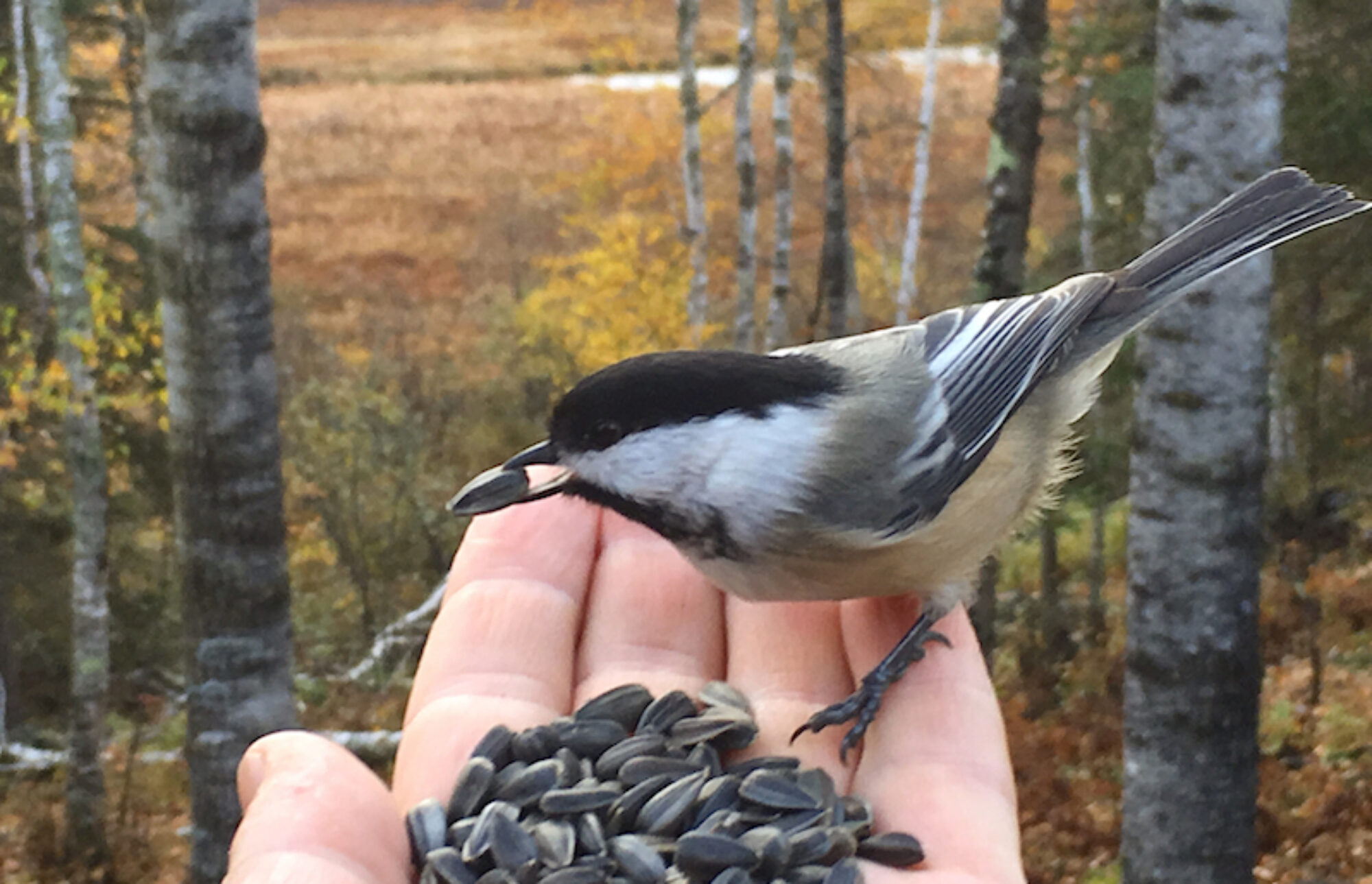By Todd Burras
If the Arctic weather system settling into the region is an indication of what’s to come now that winter is here, then look for the birds in your neighborhood to start showing up at feeders more regularly.
Until the blustery temperatures Mid-Iowans experienced yesterday – coincidentally the official start of winter — it had been an extraordinarily mild, even warm, autumn. With no snow cover and access to plenty of natural food sources, the majority of backyard birds have had an easy time finding enough seeds, nuts and even some insects to keep them well fed without the help of humans.
That’s true nearly all the time. As well-intentioned as many of us are in putting out all sorts of bird food, most birds don’t need the help. Studies show birds that frequent backyard feeders still forage and find the majority of the food they consume in nature. No doubt in severe or prolonged weather events birds that can access feeders have a better chance of survival, but, let’s face it, humans aren’t saving many birds by feeding them. The primary reason we feed birds is for the enjoyment they bring us. It’s just plain fun and makes us feel good.
That said, birds are opportunists, and if they can limit the amount of energy they expend by taking advantage of the generous offerings of humans, they’ll do it, particularly in colder and inclement weather. Why travel long distances in the cold to go hunting for something to eat when dinner has already been delivered to the doorstep of your cozy home?
Besides filling your feeders now that winter weather is setting in, a perhaps more important thing you can provide your backyard birds with to help them get through the next few months is water. As mentioned, under normal conditions backyard birds don’t have too much trouble finding natural food throughout the year. Water, on the hand, can be more difficult.
During a prolonged dry stretch like we’re currently experiencing or in the throes of a cold winter, finding water can be very challenging for backyard birds that have small ranges. But birds need water to survive, not only for drinking purposes by also in order to clean themselves as a way of keeping their feathers in tip-top shape.
When it comes to birds, and wildlife in general, one of the most overlooked and underrated features to any backyard landscape is a consistent water source. If you want more birds, bees and butterflies, offer them water. This time of year, consider a heated birdbath or a get a small electric heater to add to an existing water tray or small fountain. Your existing birds will love it, and you’ll attract even more birds to your backyard in the process.
One of the best things we did for the birds when we moved to our present home some nine years ago wasn’t intentionally done for them. Instead, we put up a 4-foot wooden fence around our backyard to give our Siberian husky at the time some freedom to run. There already was a hedge around the yard so we had the fence installed on the perimeter of the bushes. Unwittingly in doing so, we added an extra measure of protection from the wind for any feathered backyard visitor. In particular, cardinals and juncos, both natural ground feeders, seem to value the combination of fence and shrubs, both as protection from potential predators and as a place to hunker down when the winter wind blows.
You don’t need to put up an expensive fence or even plant an entire hedge around your yard in order to help protect the birds, though. One simple and inexpensive feature you can add to your yard — provided you have larger trees nearby that drop twigs and small limbs – is a brush pile. Start with denser chunks of wood at the bottom and then add longer and thinner limbs as you go. You can even mix leaves, raspberry canes, garden plant stems and just about any other woody material you find laying around the yard. Such piles provide birds – and other small creatures – with shelter from wind, cold temperatures and even predators.
While it’s too late now to do any planting this season, winter is a good time to start researching what trees, shrubs or berries you might want to add to your landscape this coming spring that will provide natural food and shelter for future generations of birds and other wildlife.
The unseasonably nice autumn weather in late-November, for example, allowed me the chance to plant a pair of winterberry shrubs in a sunny protected spot of our backyard. Assuming the spindly and fragile-looking bushes survive, it will be several years before they grow into the ornamental beauties they promise to be. In the meantime, I’ll just keep dreaming of the cold wintery day sometime in the future that a wandering flock of cedar waxwings shows up in our yard in order to dine on huge clusters of bright red berries.
When that day occurs, it will be a different take on backyard bird feeding that I’ll be certain to write about, and, hopefully, share with you.
Todd Burras can be reached at ou****************@gm***.com.
